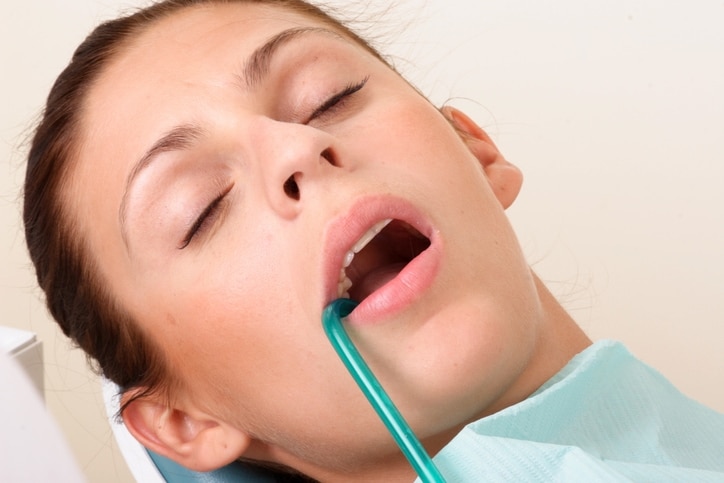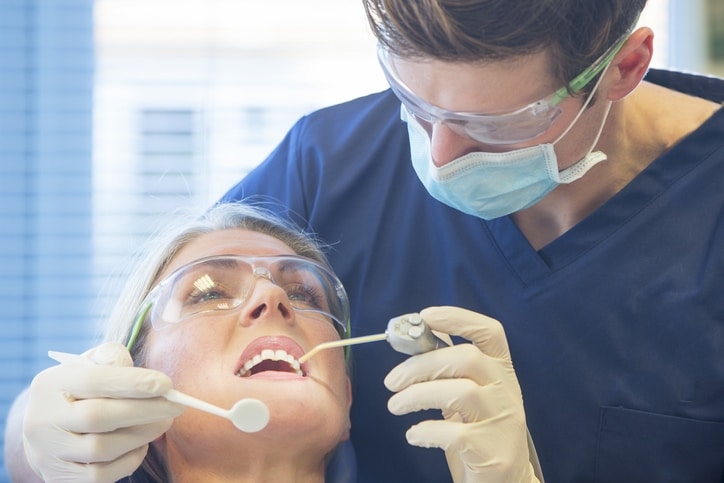
Recommendations
Patients can be sedated for a wide variety of dental procedures. Sedatives are typically recommended for the following:- Tooth extractions
- Dental implants
- Wisdom teeth removal
- Root canals
- Other complex oral surgeries
Common Types
Before your procedure, the dental specialists will decide on the right sedative for you during a consultation. The decision will be affected by your specific needs, anxiety levels, the procedure you will be undergoing as well as your general health. There are four common types of sleep dentistry:- Conscious Sedation: This method is commonly referred to as inhaled minimal sedation and is very well-known. The patient will breathe in nitrous oxide, also known as laughing gas, through a mask. This gas will relax the patient almost immediately. It’s simple for the dentist to control the dosage and to administer it. Typically, the sedative effects wear off so quickly patients can drive themselves home after the appointment.
- Oral Sedation: This method is one of the most popular sleep dentistry techniques. Dental practitioners will prescribe patients a sedative drug in pill form such as lorazepam, triazolam, diazepam or halcion. The patient will then take the pill approximately an hour before the dental appointment. The effects will keep the patients fully awake but less nervous and oftentimes, slightly tired.
- Intravenous Sedation: This method is typically used for complicated dental procedures like wisdom teeth removal. It can also be used for patients with debilitating anxiety. Sedatives are administered to the patient intravenously. Patients will still be conscious but will be unaware of their surroundings and you won’t really recall the procedure after it’s done. The sedative is fast-acting and the dentist is able to continuously monitor the levels of sedation. If patients are afraid of needles, this method of sleep dentistry may cause more anxiety than the procedure so it’s better to go with a local anesthetic instead.
- General Anesthesia: This method is reserved for the most invasive dental procedures. It is also administered to the patient intravenously and causes them to be completely unconscious. Patients might be advised not to eat nor drink anything for several hours prior to the procedure. They also might not be able to take certain medications that could interfere with the anesthesia.
